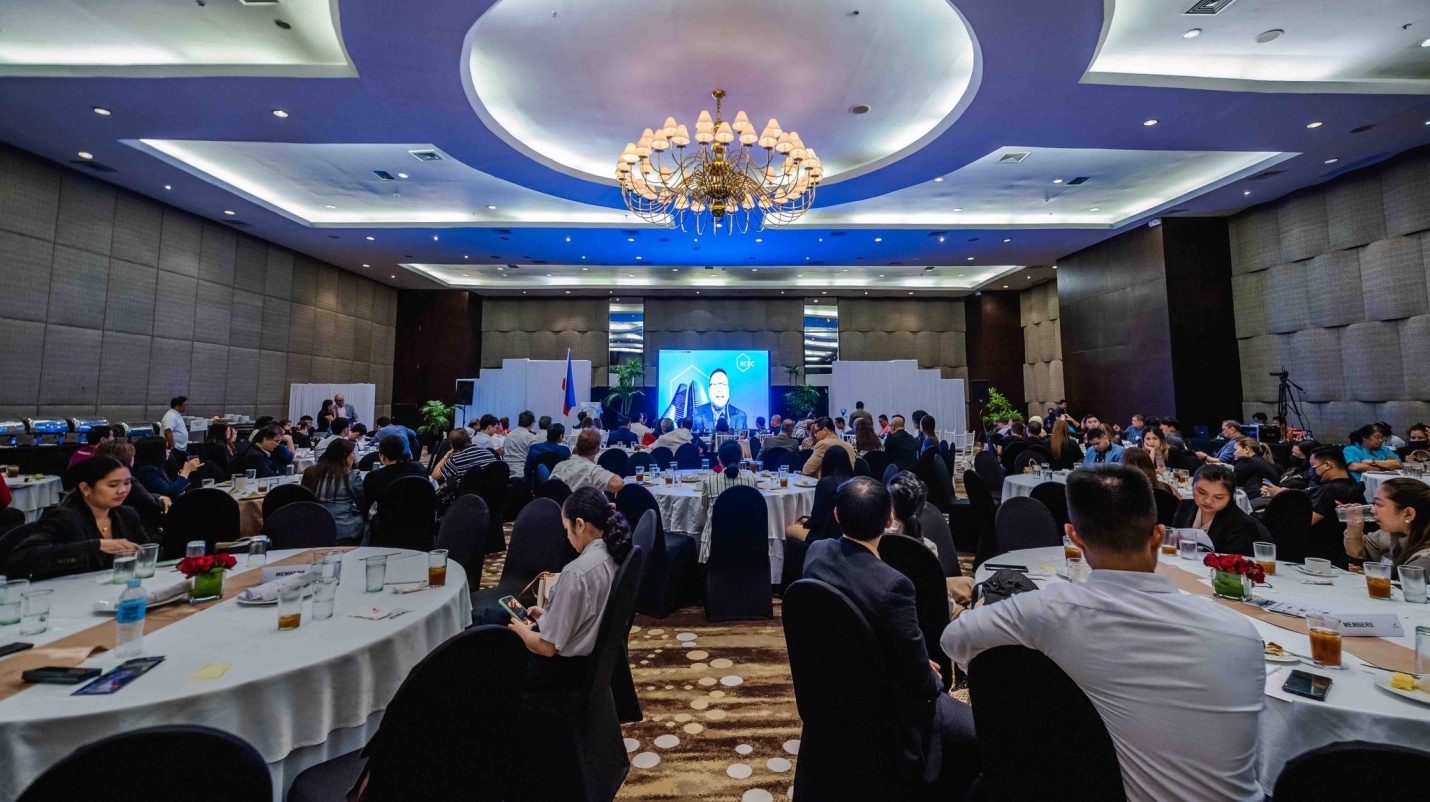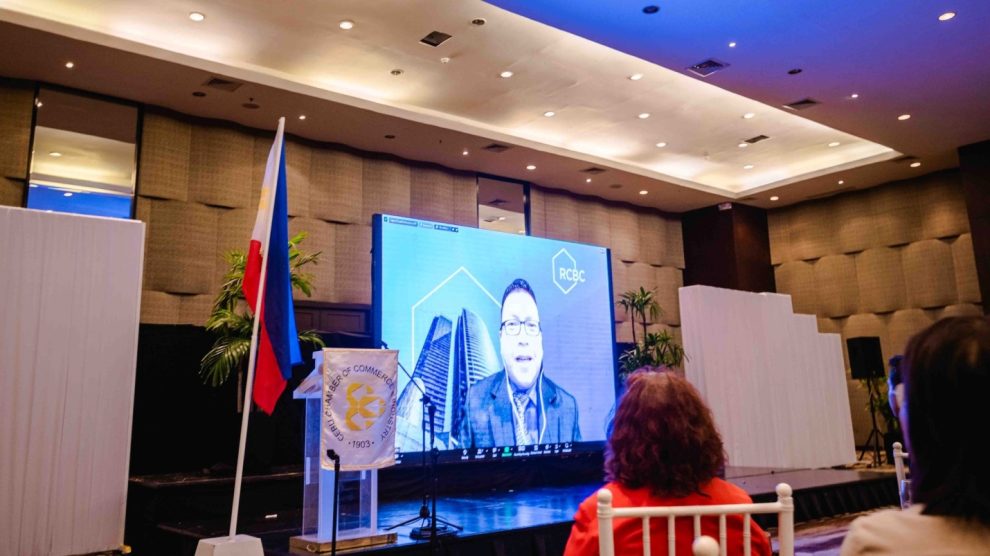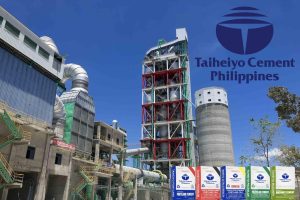IRENE SINO CRUZ
With the worst of the pandemic now over, the Philippine economy continues to recover as the government implements measures to further reopen the economy to greater normalcy.
Michael Ricafort, chief economist of the Rizal Commercial Banking Corp., made this assessment during his presentation at the Cebu Chamber of Commerce and Industry general membership held recently.
The Philippine Statistics Authority (PSA) in a statement disclosed that the country’s GDP posted a 7.6% growth in 2022.
According to Ricafort, the country’s gross domestic product (GDP) growth could normalize to around 5.5% – 6.5% in 2023 and beyond in the next five to 10 years. The Philippine GDP, which is the total value of goods produced and services provided in a country during one year, was estimated to reach around P22 trillion last year, he said.
However, the growth of the country’s economy could be slowed down by higher prices that would result to higher inflation worldwide, higher global and local interest rates and aggressive US Fed rates aimed to bring down elevated US inflation, he added. Some Philippine industries – tourism, property, vehicles and other discretionary purchases – would take time to recover.
Ricafort also cited as a bright spot in the Philippine economy the country’s favorable demographics with majority of the more than 110 million population are already at working ages since 2014.
According to the World Bank, higher levels of productivity, when there are a larger number of economically active individuals, can help maintain a positive growth rate in the medium and long term.
The Philippines, which is the 12th most populous country in the world, has among the youngest population in ASEAN.
Majority of the population or at least 53 million currently have reached working age in 2015. Of this number an estimated 45 million Filipinos were employed, which would result to increased incomes and consumption, he pointed out.
Because of this, accelerated economic growth of at least six percent a year is projected over a decade or more.
Also, the business process outsourcing (BPO) sector will continue to be a major contributor to the economy. According to Ricafort, the BPO revenues is catching up to the OFW remittances and is expected to overtake it.
In 2021, the BPO sector contributed around $29 billion to the Philippine economy and over 800 BPO companies have provided jobs to more than one million Filipinos.


Meanwhile, the lower individual income tax rates for most income brackets that takes effect on January 2023 as part of the TRAIN law could lead to increased consumer spending, he said.
Higher consumer spending would lead to faster economic and GDP growth and would also help ease the adverse effects of the recent higher prices, Ricafort pointed out.
The country’s infrastructure spending has grown to about 5 percent of the GDP in recent years, up from a maximum of two percent over the past 20 to 30 years.
Reform measures such as the amendments to the Public Service Act, Retail Trade Liberalization Act, Foreign Investment Act, the CREATE law and others would lead to the creation of more jobs and other business opportunities that would help the economy recover from the pandemic.
The increased infrastructure and government spending and stimulus measures especially for the poor and the CREATE law that lowered corporate income tax rate by at least five percentage points, down from 30 percent, are among the major pillars for the country’s economic recovery, Ricafort said.
“We have seen the worst of the pandemic,” he said, adding that the economy will continue on its recovery.












